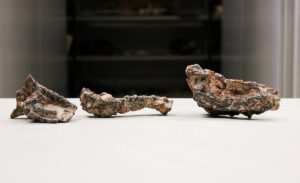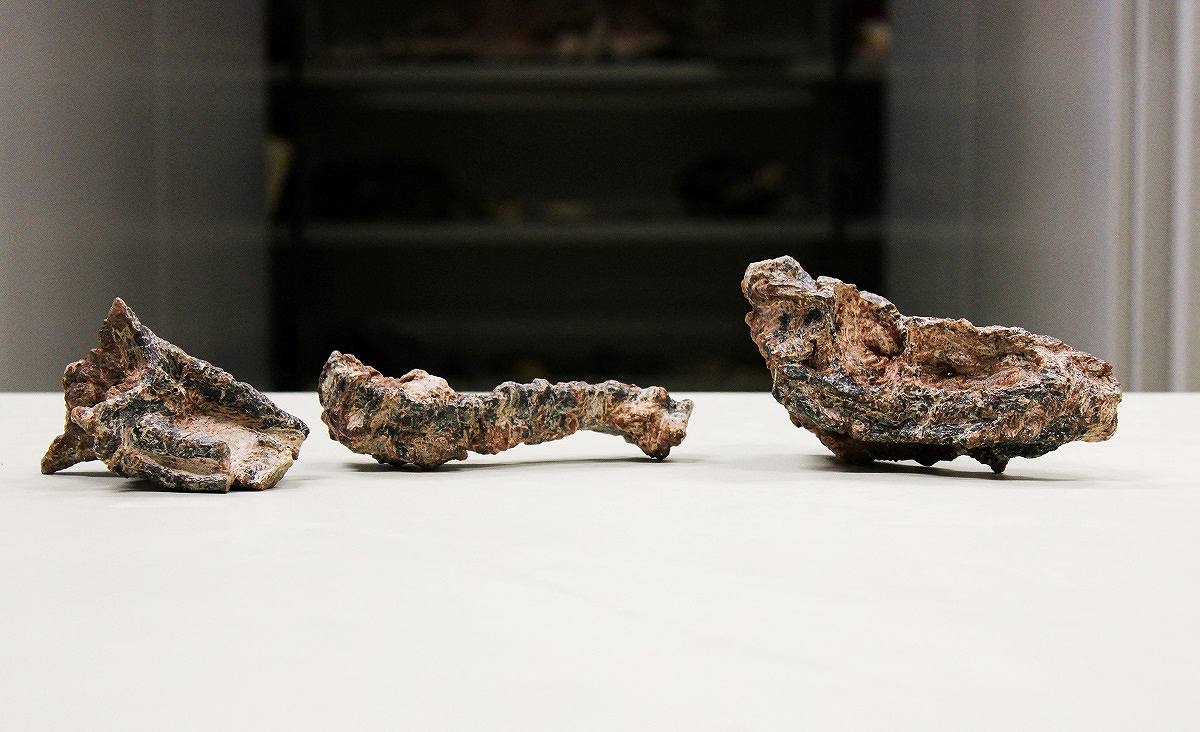
BRASILIA (Reuters) — A Brazilian scientist has identified fossils of a small crocodile-like reptile that lived during the Triassic Period several million years before the first dinosaurs.
The fossils of the predator, called Parvosuchus aurelioi, include a complete skull, 11 vertebrae, the pelvis and some limb bones, according to paleontologist Rodrigo Muller of the Federal University of Santa Maria in Rio Grande do Sul State, author of the research published on June 20 the journal Scientific Reports.
Parvosuchus, which lived about 237 million years ago, walked on four legs and was about one meter long, preying on smaller reptiles. The fossils were unearthed in southern Brazil. Parvosuchus, which means “small crocodile,” belonged to an extinct family of reptiles called the Gracilisuchidae that until now was known only from Argentina and China.
“The Gracilisuchidae are very rare organisms in the fossil world,” Muller told Reuters. “This group is particularly interesting because they lived just before the dawn of the dinosaurs. The first dinosaurs lived 230 million years ago.”
Parvosuchus was a terrestrial predator. Gracilisuchidae represents one of the earliest branches of a lineage known as Pseudosuchia that later included the crocodile branch.
Parvosuchus lived at a time of evolutionary innovation in the aftermath of Earth’s worst mass extinction 252 million years ago, with multiple groups of reptiles competing before dinosaurs eventually became dominant. The last undisputed members of the Gracilisuchidae died out about seven million years before the first dinosaurs.
I – Word Understanding
Lineage – a group of individuals tracing descent from a common ancestor.
Vertebrae – one of the sections of bone or cartilage that make up the spinal column.
II – Have Your Say
1, What fossils were found in Brazil?
2, Why are fossils an important piece of evidence for evolution?


